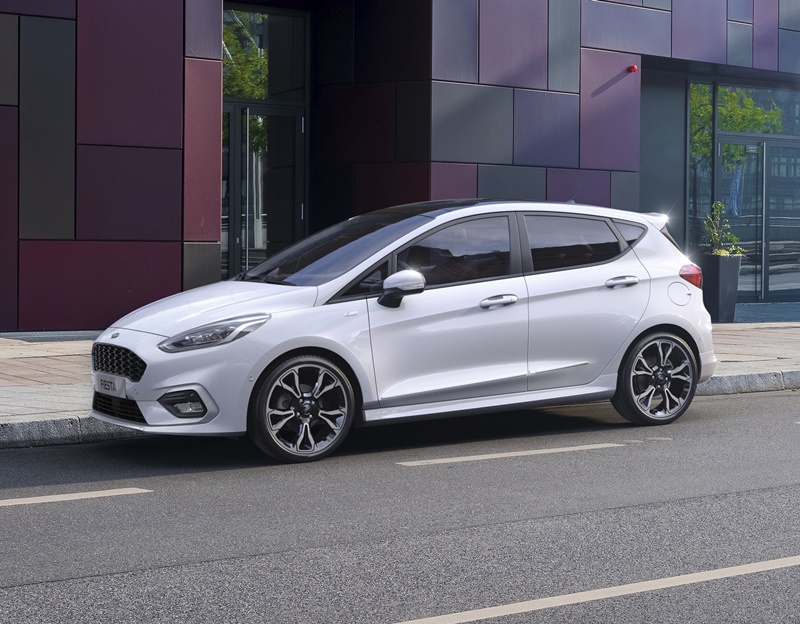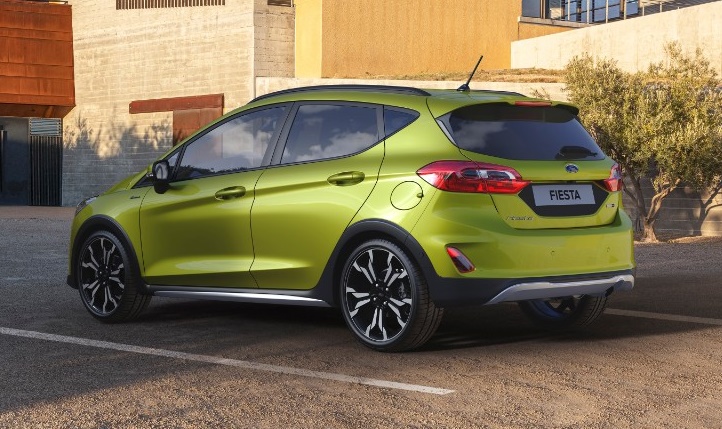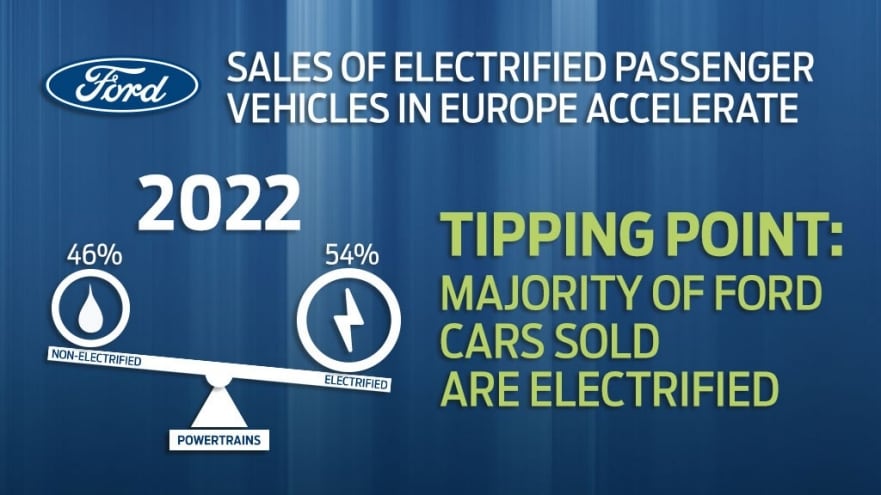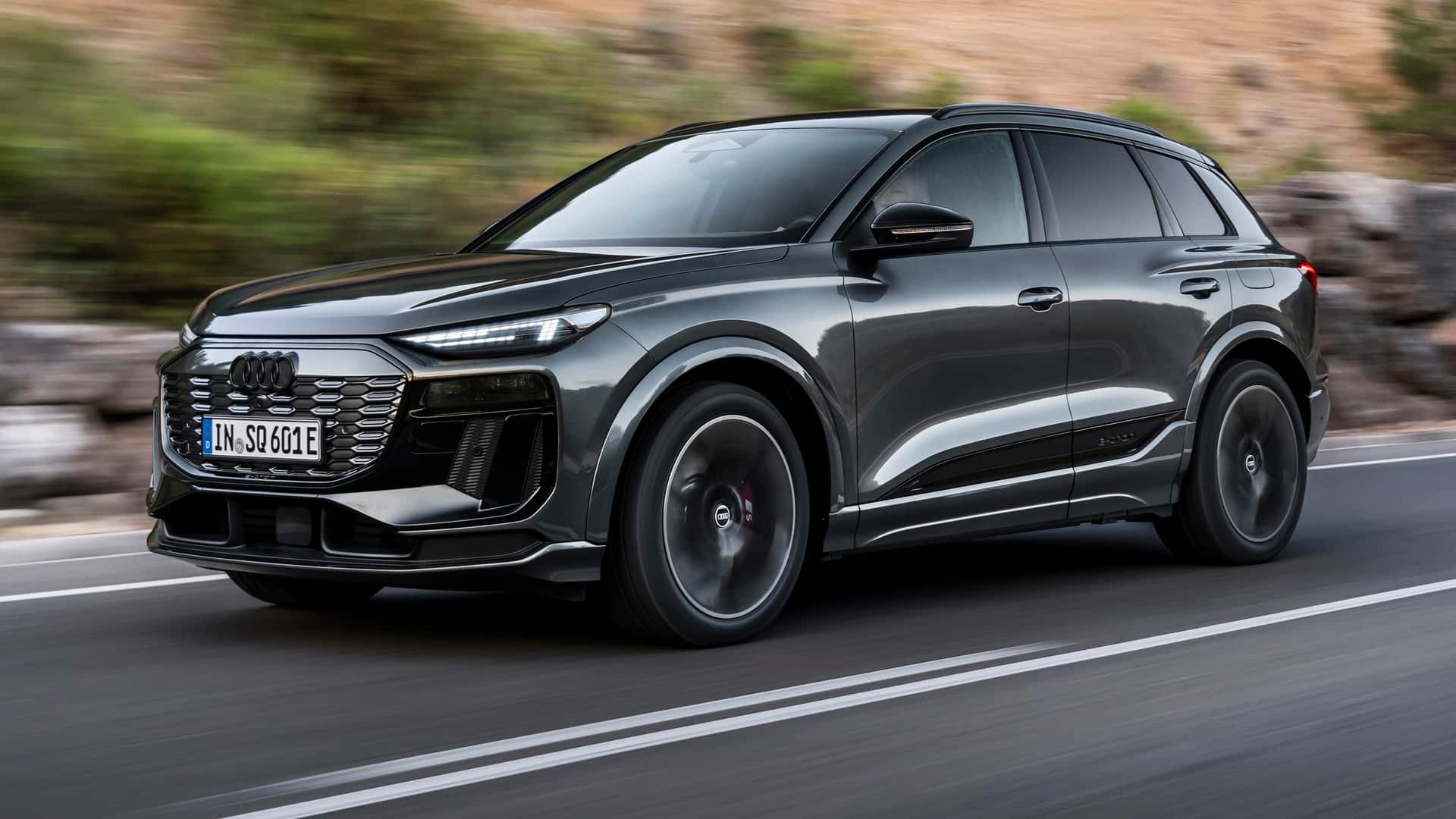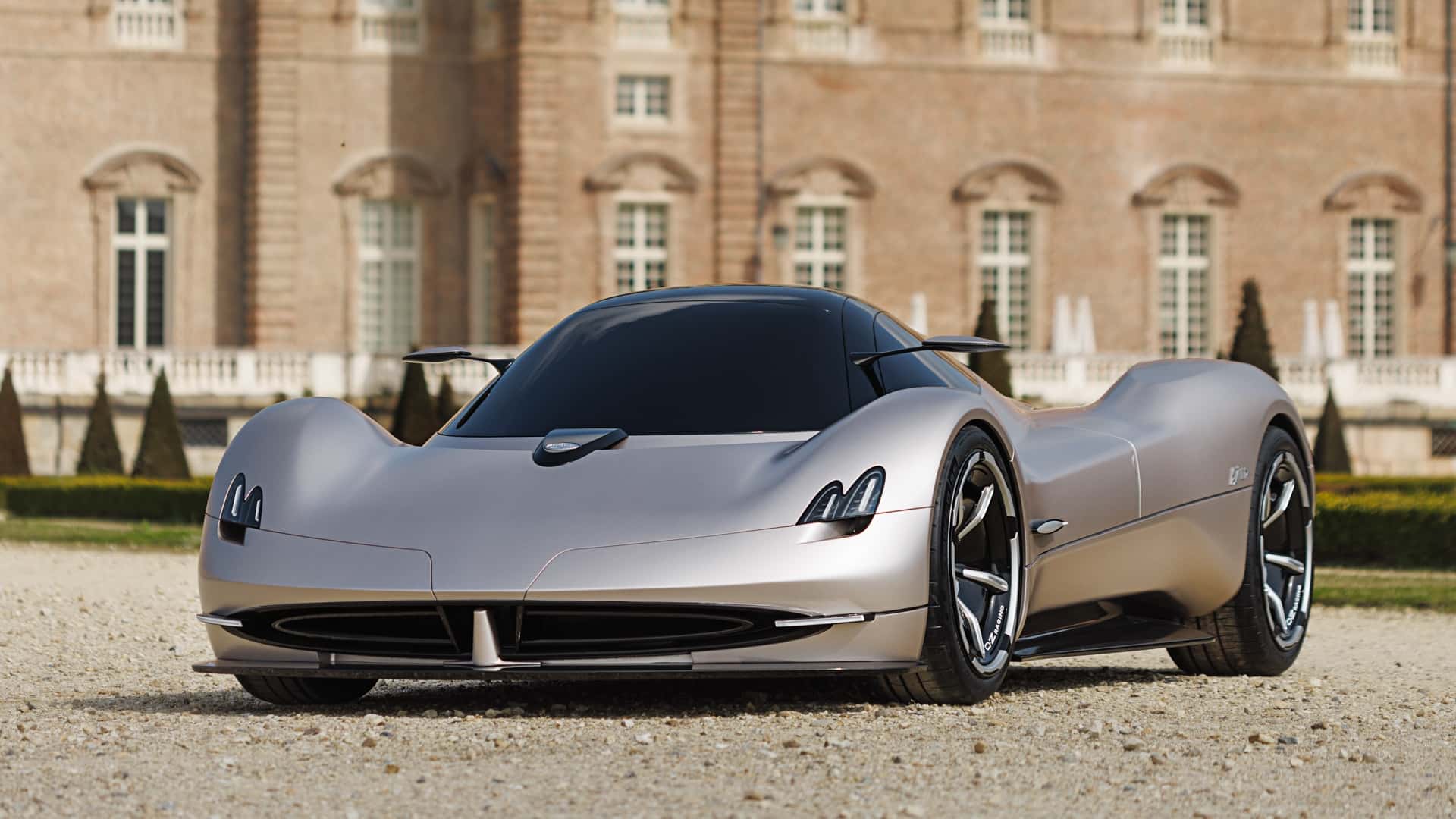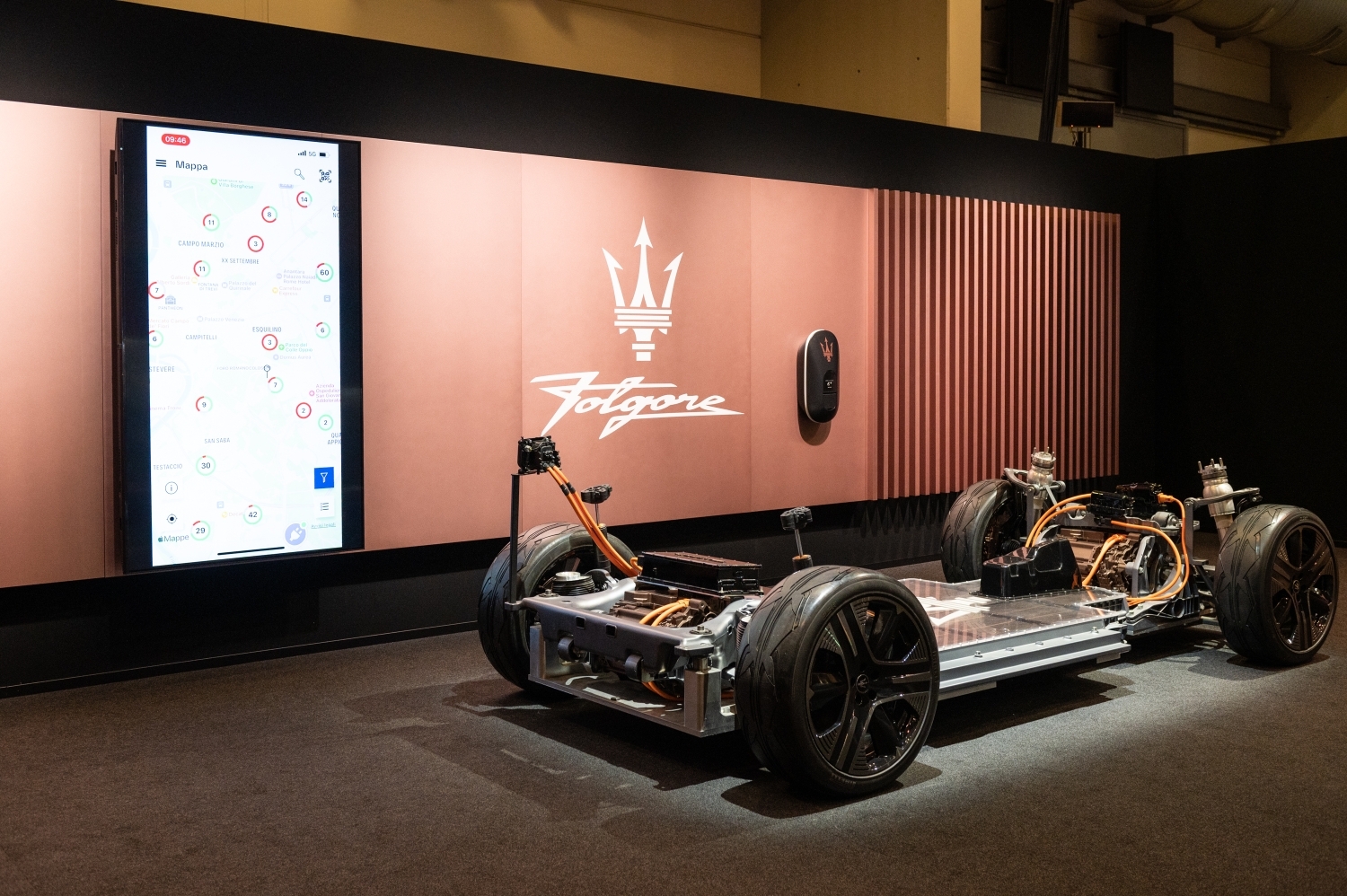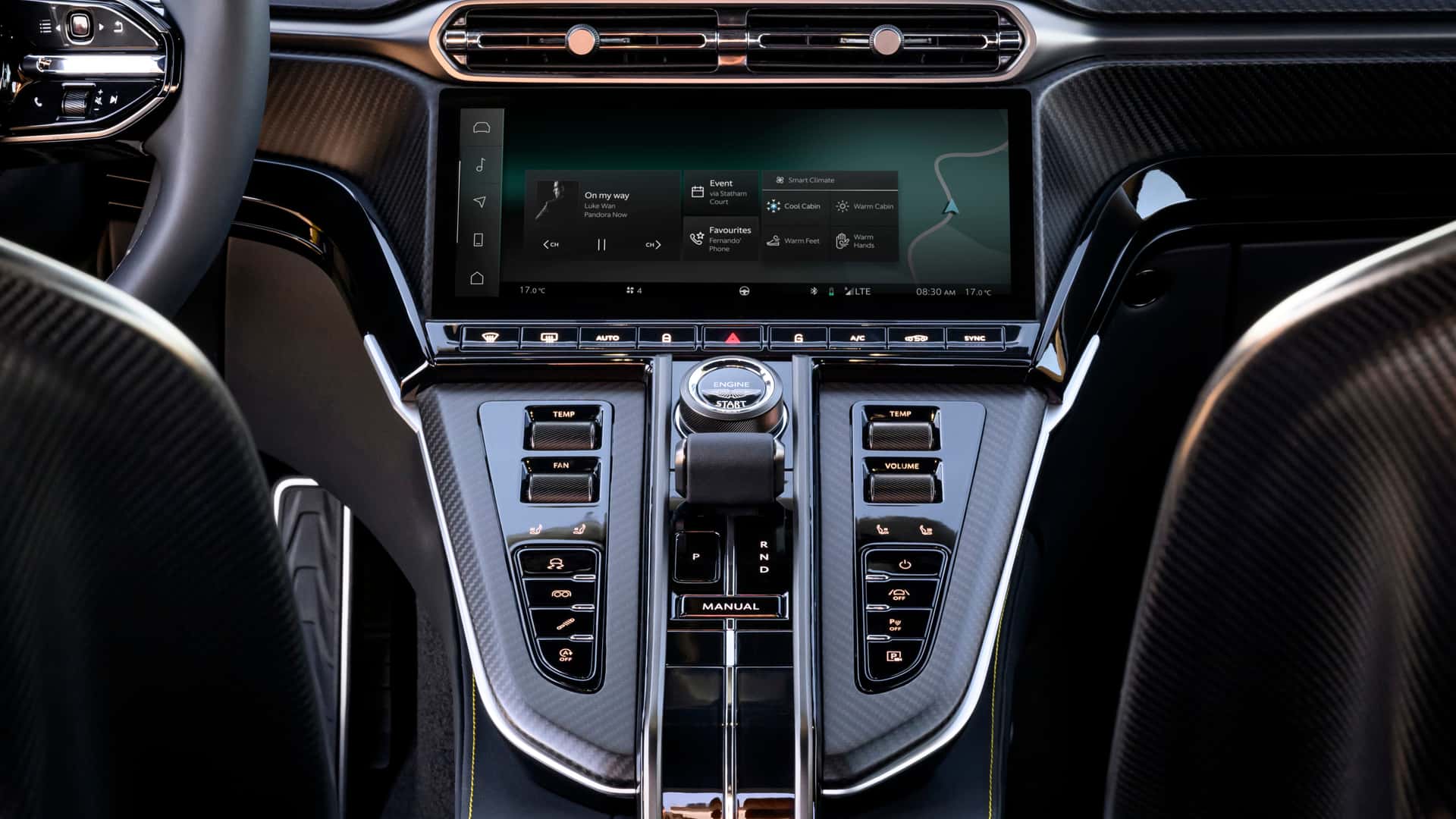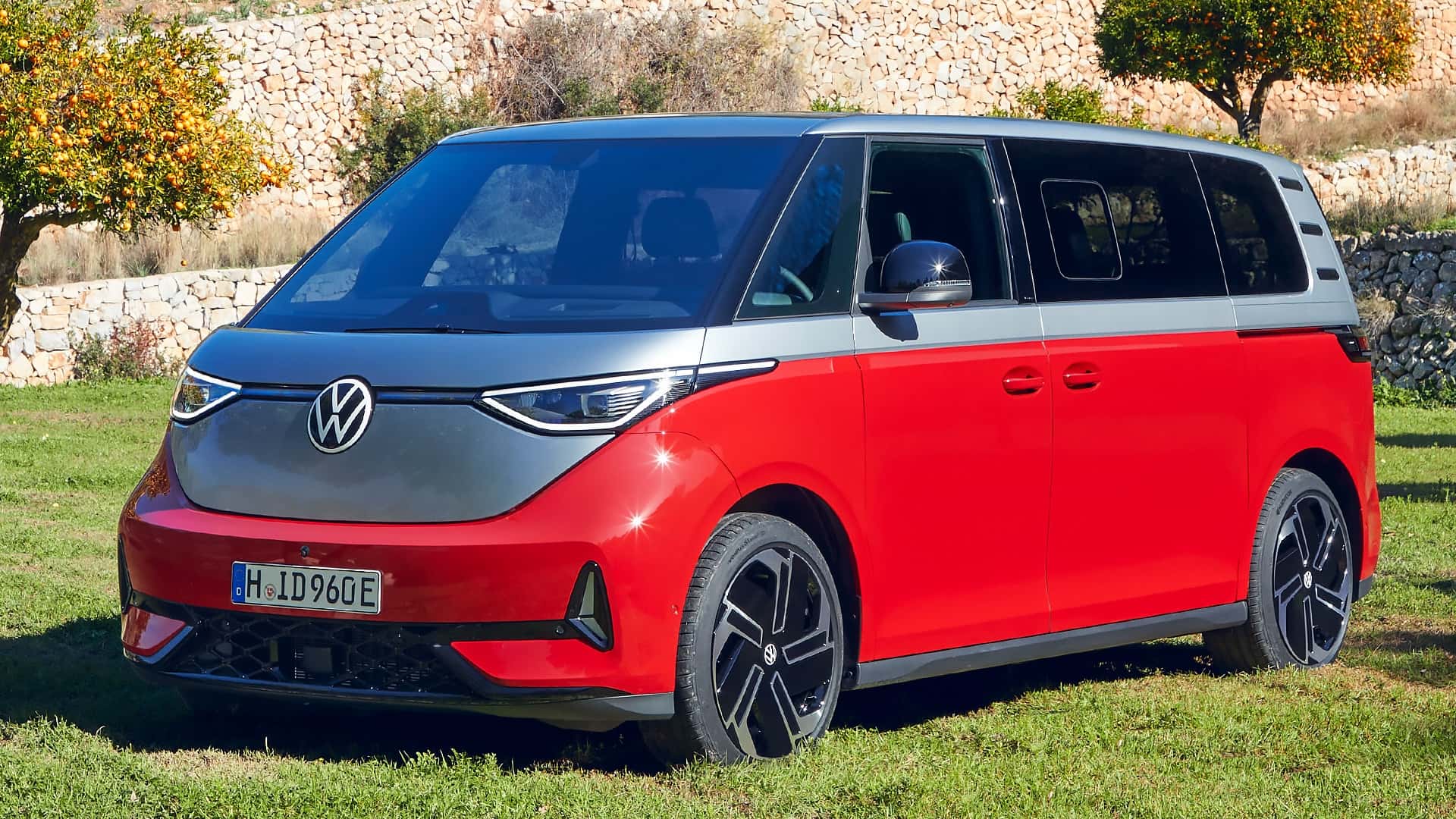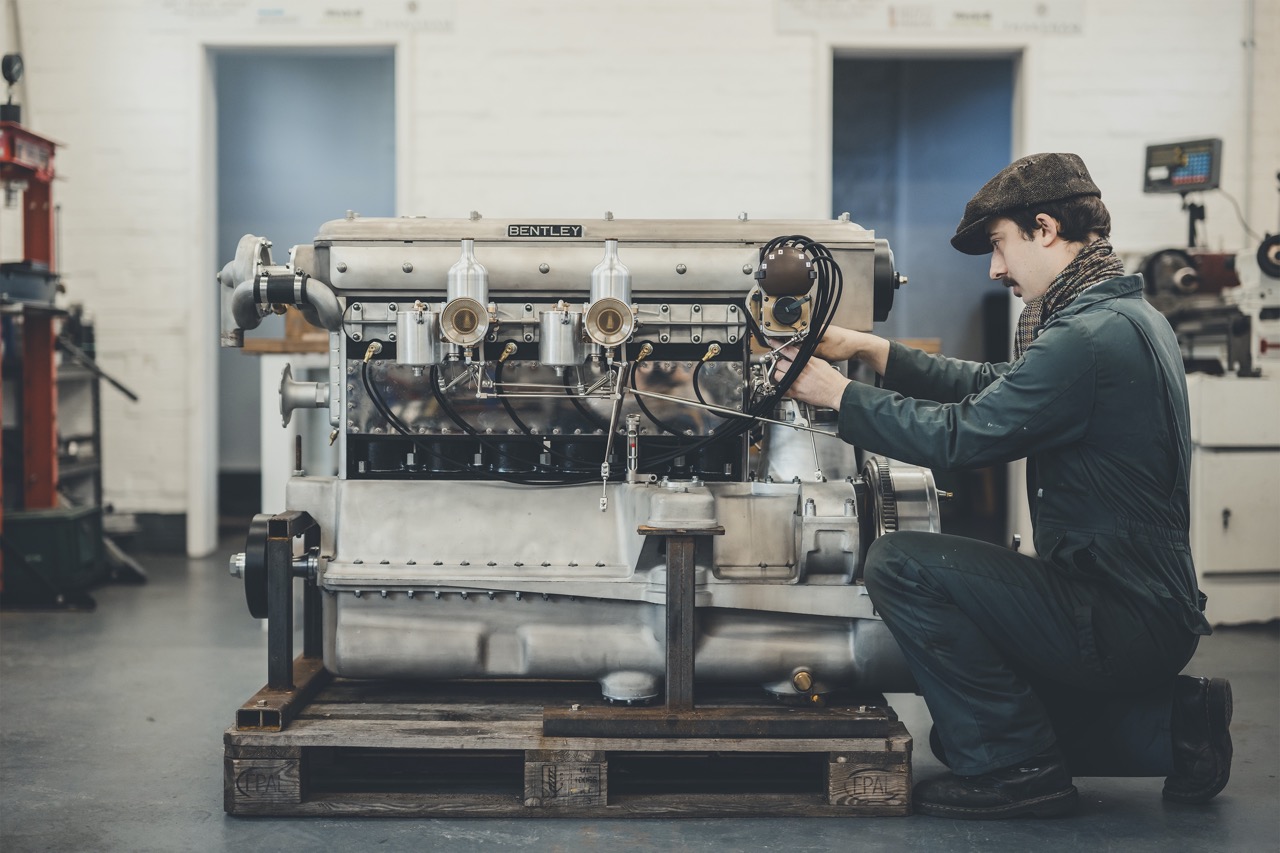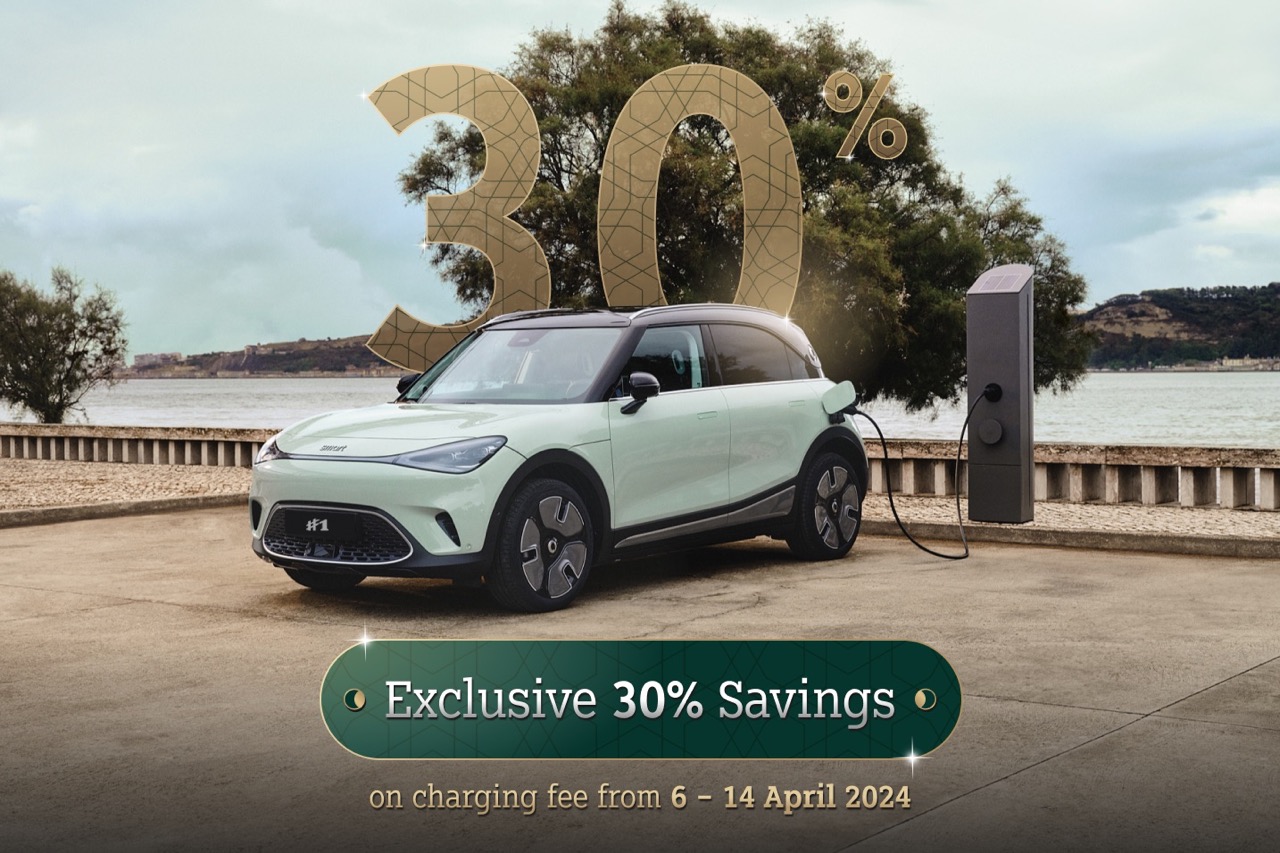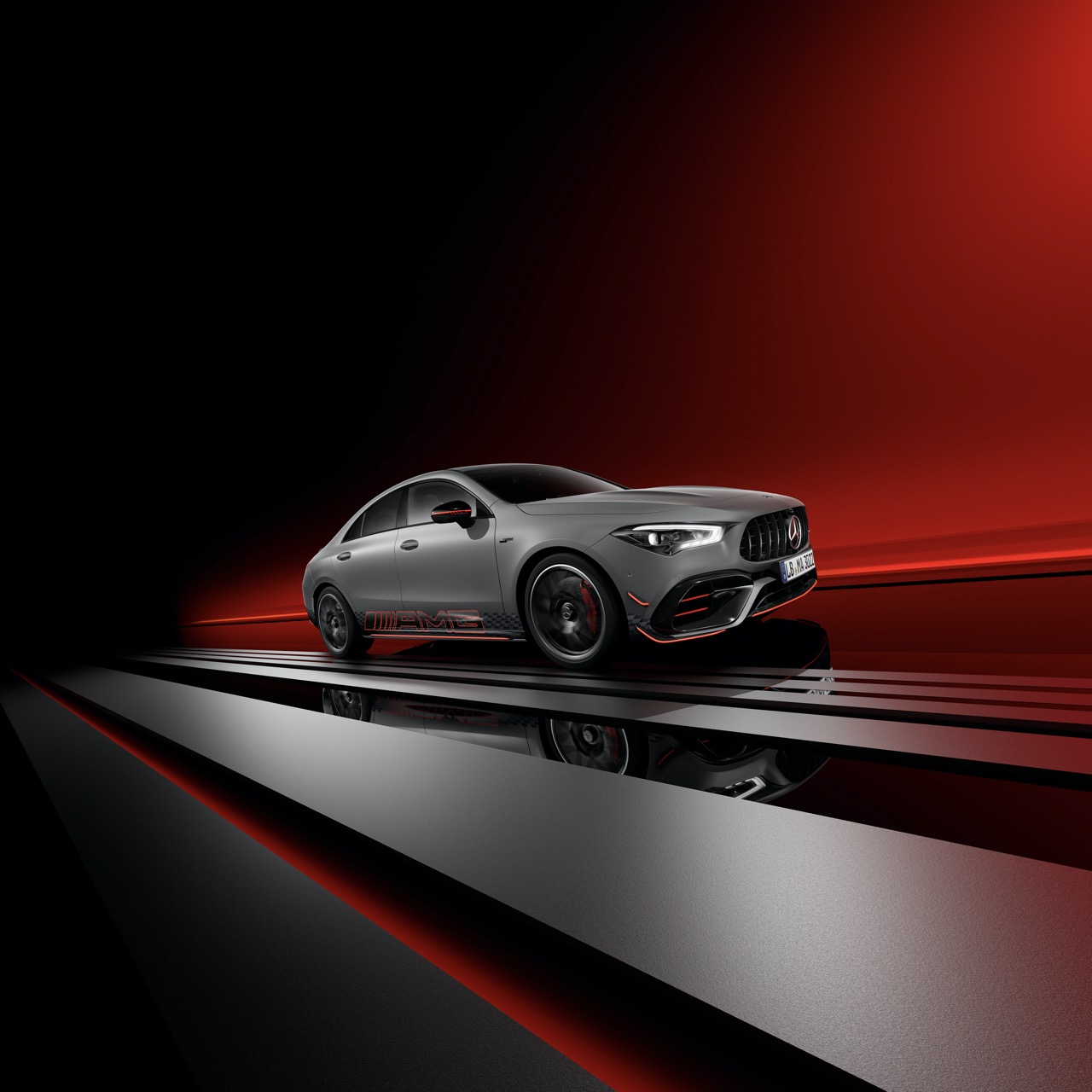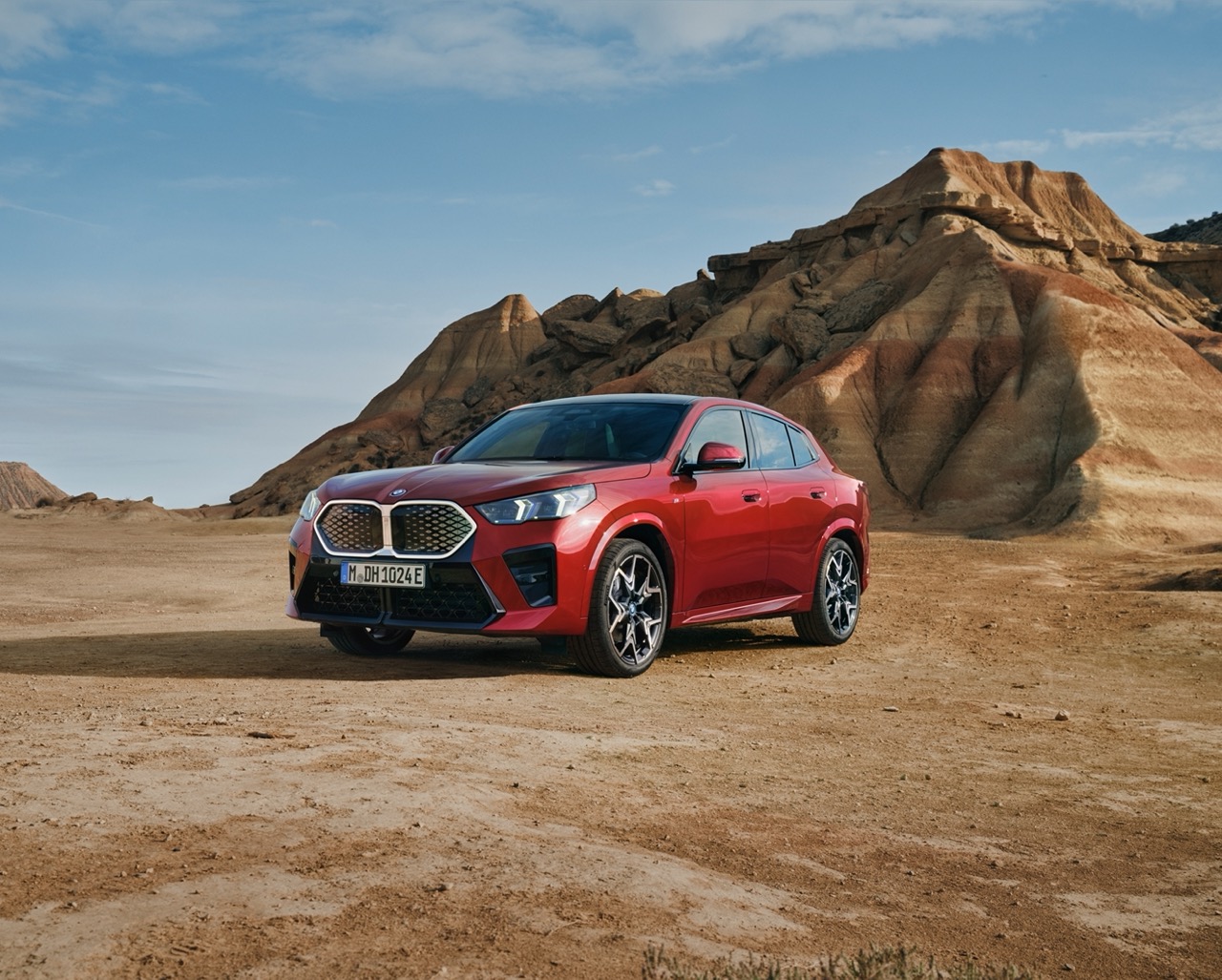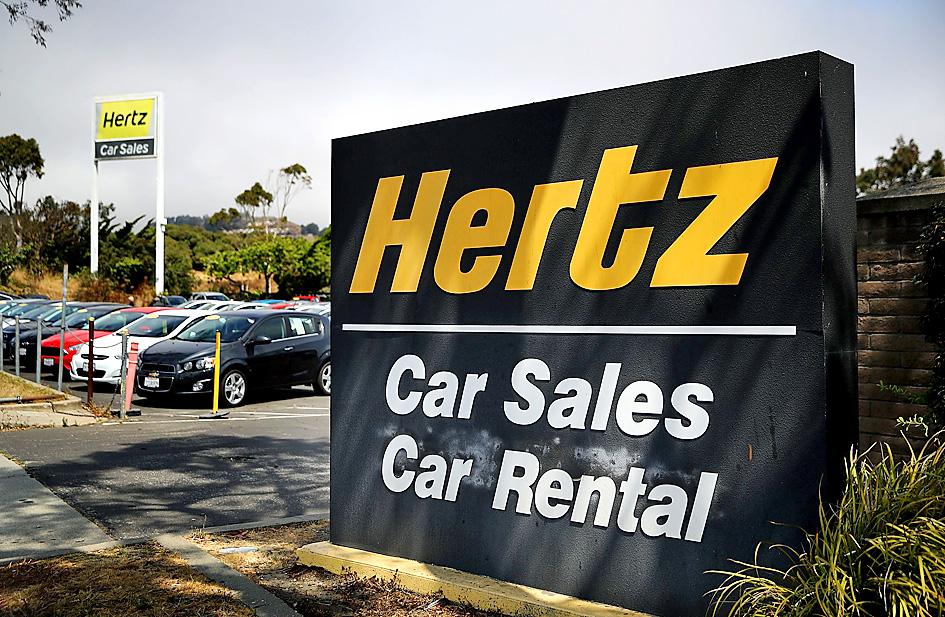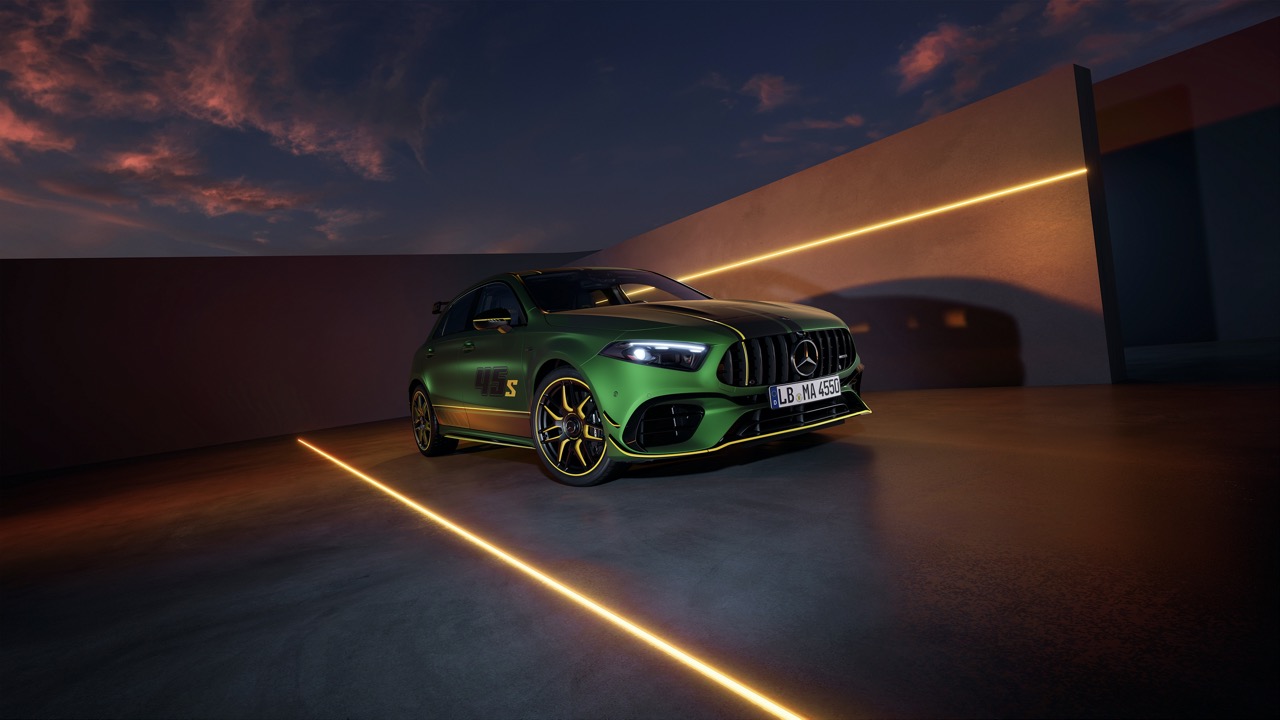Henry Ford II didn’t like the Ford Fiesta when he was first told about the project to develop a supermini in the early 1970s. Apart from a company view (in Dearborn at least) that small cars were not cost-effective, the grandson of the company’s founder grumbled that ‘I would have to sell millions of these little cars to make a decent profit’. He favoured the large cars still loved by Americans then as they provided good margins.
But the Fiesta was a Ford of Europe proposal and that regional subsidiary was doing pretty well with a popular range. What they needed was an entry-level model that could compete against the Italian and French superminis. In the end, Ford allowed the project to go ahead and the first Fiesta was launched in 1976.
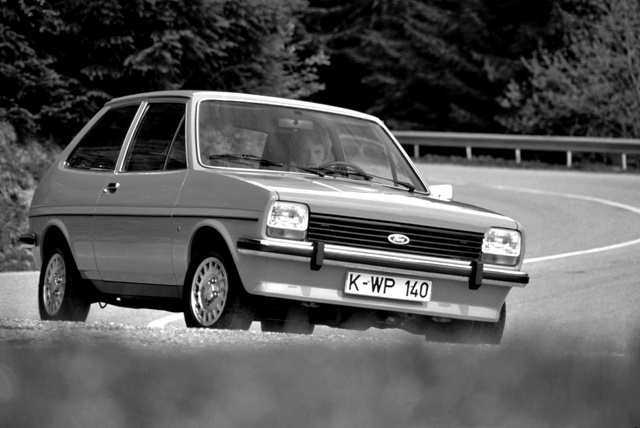
The Fiesta was a very successful model for Ford in Europe but in spite of its compact size, it was not sold in the Far East. Its cost base was European so it cost more than Japanese rivals, and Ford instead teamed up with Mazda to offer a badge-engineered range of sedans and hatchbacks (the Laser and Telstar) which could be more competitively priced than models from Europe.
It wasn’t until the sixth generation that the Fiesta became a global model as then-CEO Alan Mulally pushed his ‘One Ford’ strategy of having more products with shared engineering and parts to cut costs. It was produced in regions outside Europe, with Thailand being a hub for ASEAN markets. By the end of the 2000s, it was even made and sold in the US market.
The model is currently in its seventh generation but a change in strategies by a new top management team at Ford has seen diminished interest in competing in Asian markets (apart from China) with passenger cars and the focus is on pick-up trucks.
After 44 years of having been powered by only internal combustion engines, the Fiesta is now electrified as well. As a supermini, fuel efficiency has always been high for the model but Ford, like other carmakers wanting to sell in Europe, has to go in the direction of electrification of its models and this week, the company has announced the first ever Fiesta Hybrid.
The carmaker’s best-selling model in Europe gets a 48-volt mild hybrid powertrain which complements EcoBoost Technology to give more powerful and responsive performance with better fuel efficiency claimed to be up to 18.3 kms/litre. The 1.0-litre EcoBoost engine also has cylinder deactivation to further save fuel.
“Adding EcoBoost Hybrid technology to Fiesta’s best-in-class driving dynamics means customers can have even more power and still go further on a tank of fuel,” said Roelant de Waard, Vice-President, Marketing, Sales & Service, Ford of Europe. “The Fiesta EcoBoost Hybrid will help Ford bring the benefits of electrification to more drivers than ever before.”
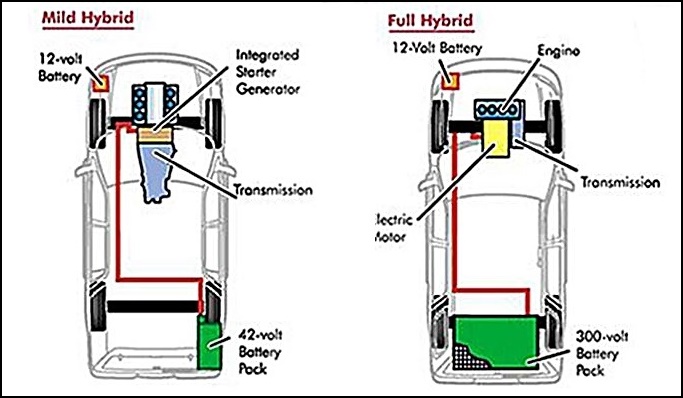
Available in 125 ps and 155 ps power outputs, Fiesta EcoBoost Hybrid models feature a belt-driven integrated starter/generator (BISG) in place of the standard alternator, enabling recovery and storage of energy usually lost during braking and coasting to charge a 48V lithium-ion air-cooled battery pack.
The BISG also acts as a motor, integrating with the engine and using the stored energy to provide torque assistance during normal driving and acceleration, as well as running the vehicle’s electrical ancillaries.
The intelligent, self-regulating mild-hybrid system continuously monitors how the powertrain is being used to determine when and how intensively to charge the battery for optimal benefit, and when to utilize the stored battery charge.
Torque substitution, which deploys the electric motor functionality of the BISG to provide up to 24 Nm of torque – reducing the amount of work required from the petrol engine and contributing to lowering carbon dioxide emissions and enhancing fuel efficiency.
Torque supplementation can also deploy the electric motor functionality of the BISG to increase the peak torque available from the powertrain by up to 20 Nm above the level available from the petrol engine alone. This means up to 240 Nm for the 155 ps powertrain and up to 50% more torque at lower rpm.
The BISG also has enabled Ford engineers to lower the 1.0-litre EcoBoost engine’s compression ratio and add a larger turbocharger for more power, by mitigating turbo lag using torque supplementation that also rotates the engine faster for maintained turbocharger boost response.
“With electrification fast becoming the mainstream, we are substantially increasing the number of electrified models and powertrain options for our customers to choose from to suit their needs,” said Stuart Rowley, President, Ford of Europe. “By making it easier than ever to seamlessly shift into an electrified vehicle, we expect the majority of our passenger vehicle sales to be electrified by the end of 2022.”
To know more about Ford models available in Malaysia, visit www.sdacford.com.my.
Ford’s smart technology can sanitize police vehicles within 15 minutes


